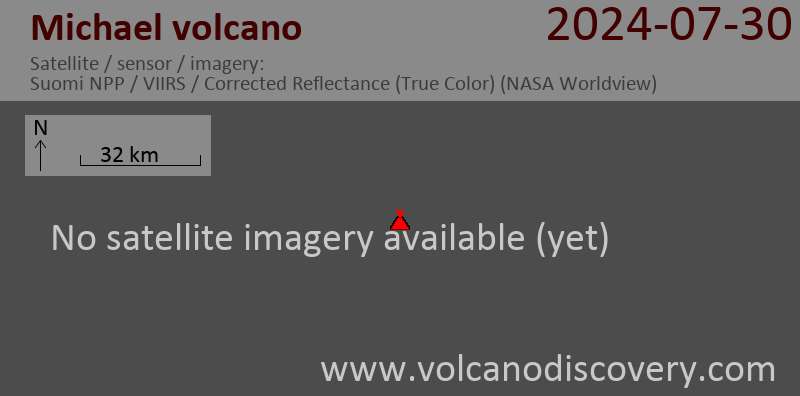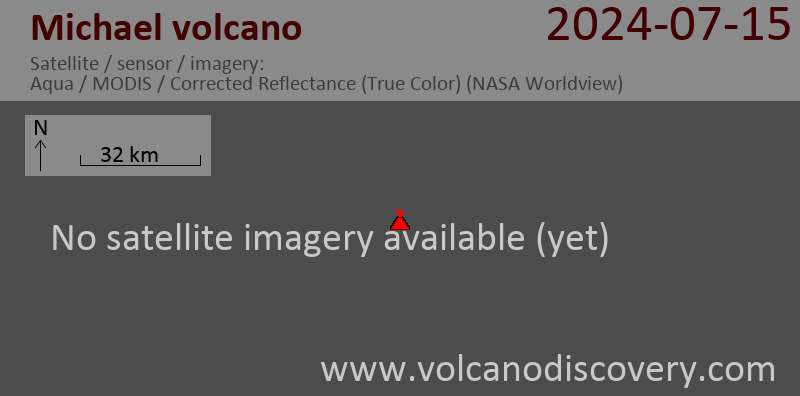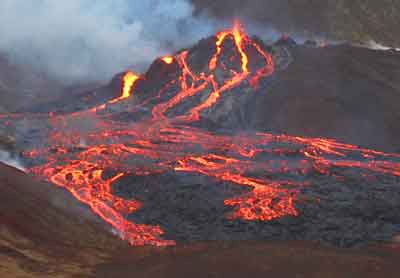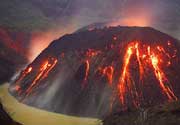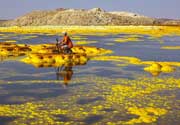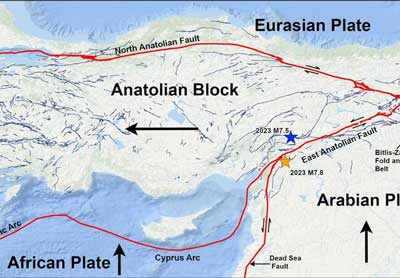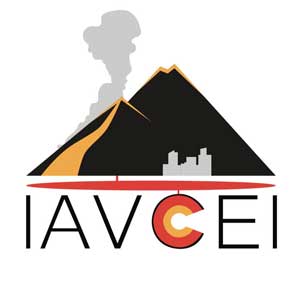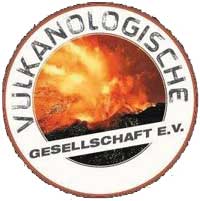Michael Volcano
Michael volcano is a young and frequently active stratovolcano dominating the glaciated Saunders Island, located in the center of the South Sandwich Islands.
Mt Michael volcano has a 700 m wide summit crater that often contains a lava lake, but due to its remote location, most information is obtained by satellite imagery which often show a thermal anomaly at the crater.
Saunders Island was discovered by Cook in 1775 and named after Sir Charles Saunders, First Lord of the British Admiralty. The first landing on the island was probably in 1908 by C.A. Larsen. In 1937 an expedition from the ship Willian Scoresby landed in the area of Cordelia Bay.
Michael volcano eruptions: 2016 (?), 2015, 2008 (?), 2006, 2001-03, 1995-98, 1823 (?), 1819
Latest nearby earthquakes
| Date and Time | Mag / Depth | Distance / Location | |||
|---|---|---|---|---|---|
Background
Symmetrical 990-m-high Mount Michael has a 700-m-wide summit crater and a remnant of a somma rim to the SE. Tephra layers visible in ice cliffs surrounding the island are evidence of recent eruptions. Ash clouds were reported from the summit crater in 1819, and an effusive eruption was inferred to have occurred from a north-flank fissure around the end of the 19th century and beginning of the 20th century. A low ice-free lava platform, Blackstone Plain, is located on the north coast, surrounding a group of former sea stacks. A cluster of parasitic cones on the SE flank, the Ashen Hills, appear to have been modified since 1820 (LeMasurier and Thomson 1990). Vapor emission is frequently reported from the summit crater. Recent AVHRR and MODIS satellite imagery has revealed evidence for lava lake activity in the summit crater of Mount Michael.---
Smithsonian / GVP volcano information
Michael Volcano Photos
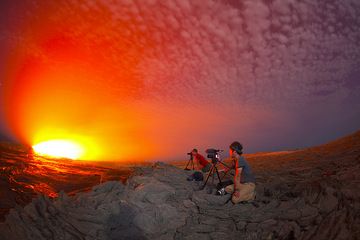
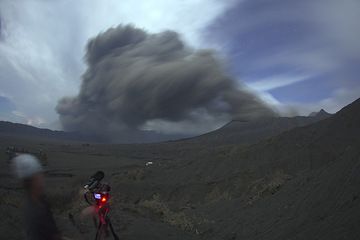
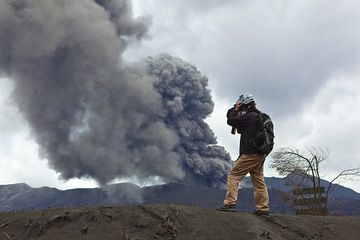
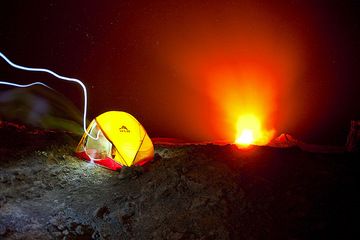
Significant volcanic eruptions: Michael volcano
There is one uncertain or discredited eruption in 1823 from Michael volcano.
| Date | Note | VEI | Deaths | Damage | |
|---|---|---|---|---|---|
| Mount Michael summit crater Historical obs./docs. | 1 | ||||
Historical obs./docs. | 0 | ||||
Historical obs./docs. | 0 | ||||
Historical obs./docs. | 0 | ||||
Historical obs./docs. | 0 | ||||
| North flank | 0 | ||||
?? | Uncertain Eruption | 2? | |||
Historical obs./docs. | 2 | ||||
| 0 | |||||
Eruptions of Michael volcano
A thermal anomaly was detected on MODIS satellite imagery on 25 Oct 2008, suggesting a possible eruption.
ASTER satellite images from 28 October showed a strong hotspot at the summit crater, where a new lava lake had possibly formed.
...more info
14 volcanic plumes were detected at Mt Michael volcano by satellite in 1997.
39 volcanic plumes were detected on satellite images during 1996.
A lava lake was detected with satellite images between April-July 1995. This was the first time, a lava lake was found in the South Sandwich Islands. 20 volcanic plumes were detected on satellite imagery during 1995.
Michael Volcano FAQ
+When was the last eruption of Michael volcano?
The last confirmed eruption of Michael began in 2014 and is continuing (as of April 2025).
+How often does Michael volcano erupt?
Since 1819, Michael volcano has had at least 6 historically documented eruptions. This means that it erupts on average every 34.3 years.
Many eruptions of Michael have lasted more than one year. In total, the volcano has been in eruption during 34 out of 206 years until now. In other words, Michael has been active at least one in 6.1 years on average. Note that this value is likely an underestimate, because the known history of eruptions from Michael is likely incomplete, especially further back in time.
+How active is Michael volcano at present?
Michael volcano is very active: Since 1900, it has had 33 eruptions, and been active during 33 years out of 126 as of now. This means, Michael has been in eruption one in 3.8 years on average. The latest eruption is still continuing at present.
+When was the largest eruption of Michael volcano?
The largest eruption of Michael volcano in historic times occurred in 1819. It ranks as a strombolian to vulcanian eruption with a magnitude 2 on the VEI (Volcanic Explosivity Index) scale.
Latest satellite images
Michael Volcano Maps


























